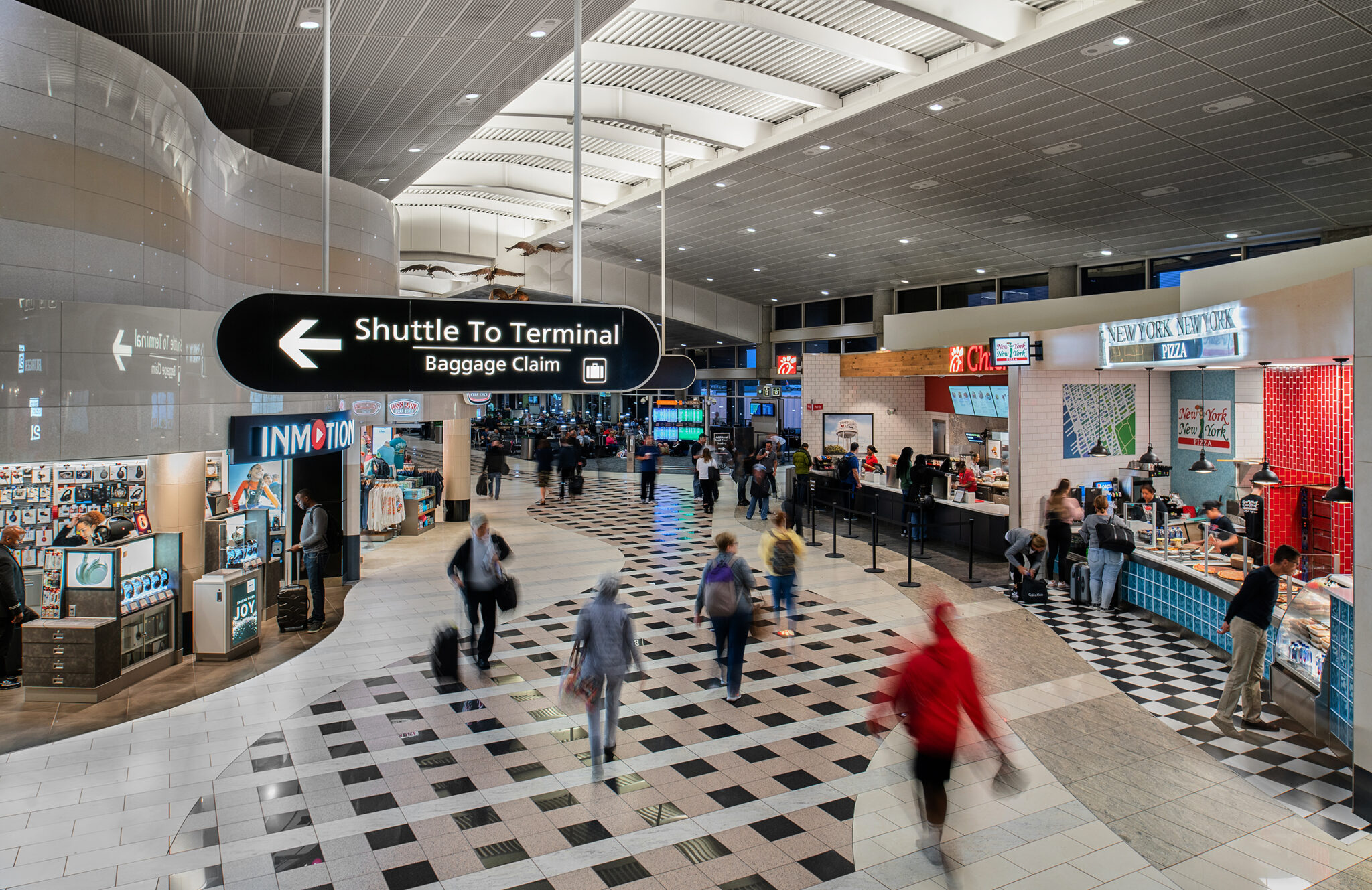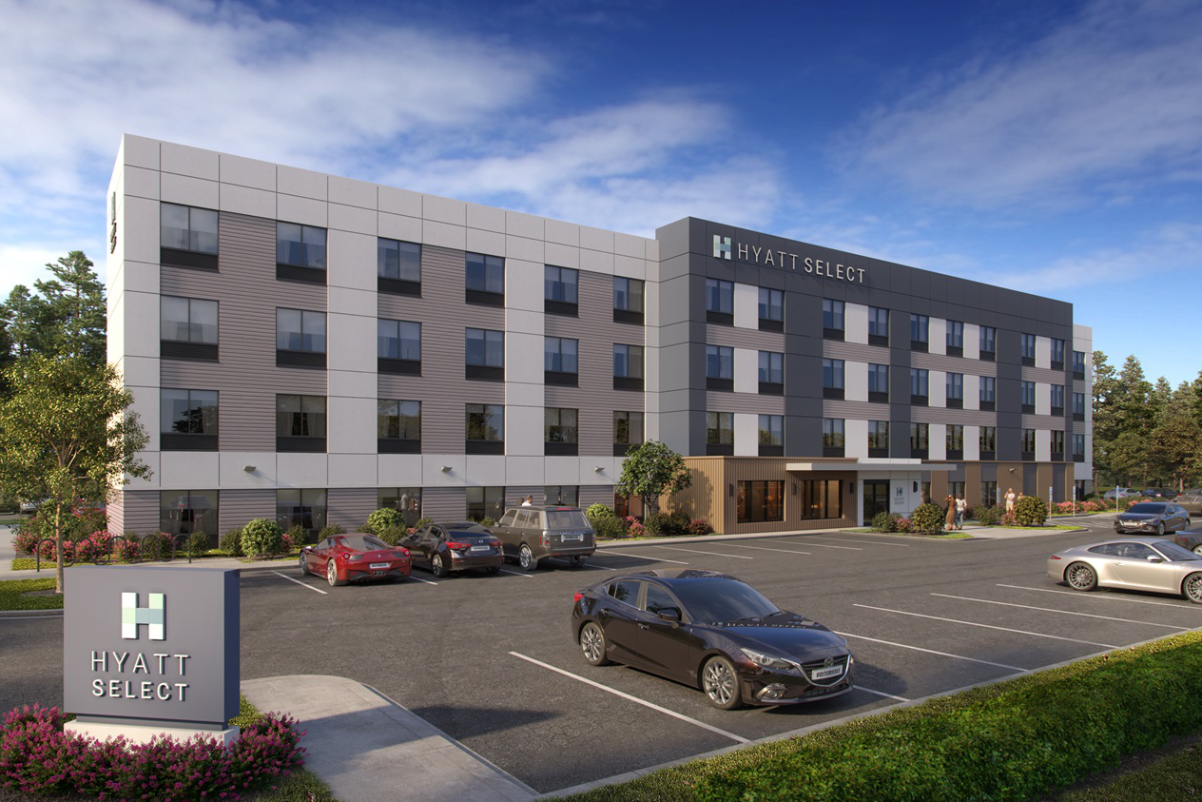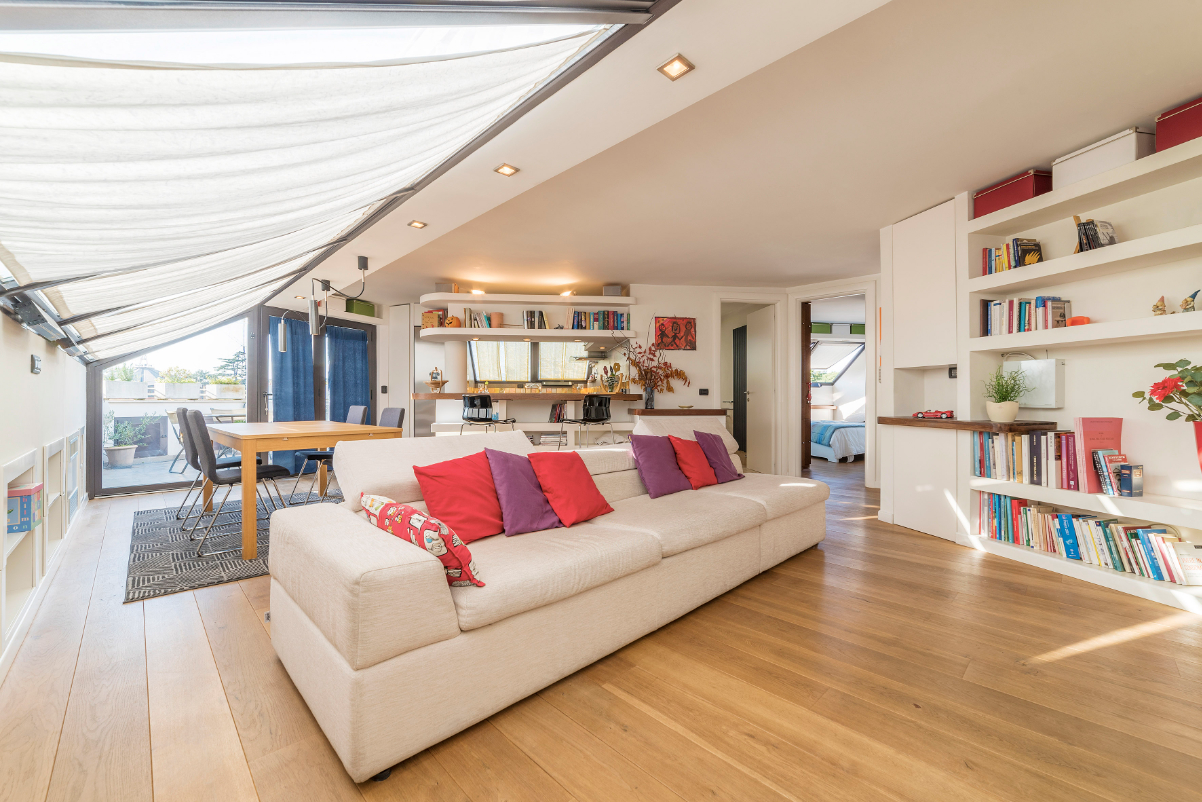Interview: Copa Airlines CEO on Building the 'Hub of the Americas' in Panama
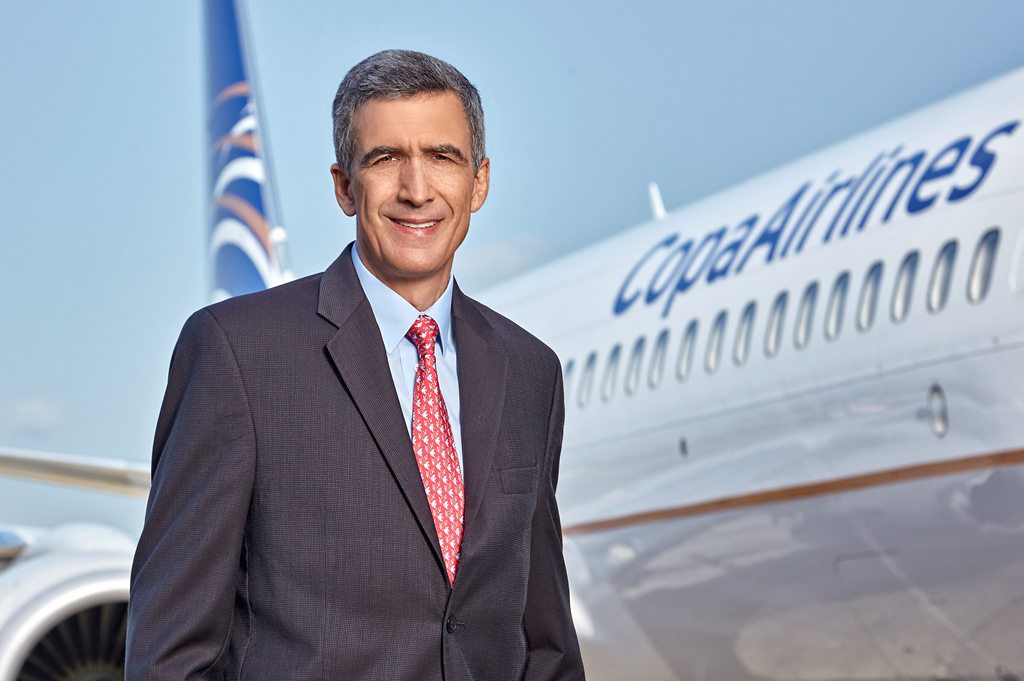
Skift Take
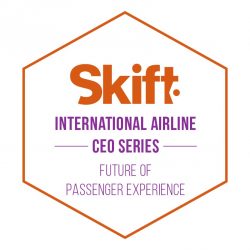
Future of Passenger Experience
To better understand the challenges facing airlines in an age of fluctuating oil prices, rapid growth, and changing passenger expectations, our Future of Passenger Experience series will allow leaders in the industry to explain their best practices and insights.In the last year, Copa Airlines' stock price has more than doubled, rising roughly 135 percent on the New York Stock Exchange.
What do investors know that casual flyers might not?
Panama's flag carrier is among the best-run — and most consistently profitable — carriers in the Americas, even though its home country does not have one the region's overall largest economies. In the first quarter, Copa reported net income of $102 million with an operating margin of 19 percent. Last year, its net income was $339.8 million, with a 12.4 percent margin.
The airline's model is simple. Copa relies on a well-placed hub in Panama City to connect passengers between most destinations in the Americas. Through what it calls "the hub of the Americas," Copa carries passengers between places like New Orleans, and Manaus, Brazil, or from Cordoba, Argentina to Havana. In all, the airline flies to more than 70 destinations in the Americas, including big ones, like New York and Mexico City, and smaller ones, like San Pedro Sula, Honduras.
Copa flies only two types of single-aisle plane types, the Embraer E190, and the Boeing 737. It flies its Boeing 737s longer than most airlines, sometimes flying them for nearly seven hours, including from Panama City to Buenos Aires. But the aircraft is fuel-efficient, and like Southwest Airlines, an all-737 operator, Copa can control costs by sticking to one aircraft type for longer routes.
To be sure, Copa has struggled. Some of its money is trapped in Venezuela, with the government refusing to permit airlines to repatriate funds from ticket sales. Late last year, Bloomberg reported Copa still had almost $500 million stuck in the country. And like most Latin American airlines, Copa has stumbled as some of the region's largest economies, including Brazil, have faltered. But the macroeconomic climate in South America is improving.
In early June, we met with Copa CEO Pedro Heilbron at the IATA Annual General Meeting in Cancun, an annual conference for airline executives. Heilbron became CEO in 1988, when Copa was a tiny regional airline. Today, its main Panama operation has 84 planes, and a network that stretches as far north as Montreal and as far south as Buenos Aires.
We asked him why Copa does not want to fly to Europe, and why it has little interest in larger airplanes or flatbed business class seats. We also asked about Copa's recent decision to create a frequent flyer program from scratch.
Note: This interview has been edited for length and clarity.
Skift: Why is Panama the right place for an international hub connecting North and South America? Why has it been so successful?
Pedro Heilbron: A few things. First, we've been building this hub for over 20 years so whatever we see today — a large and successful inter-America hub — is not something that happened overnight. It started small and it has grown over the years.
Now, why is it such a great hub? No. 1 is geography. There's no country in the Americas with better geographic position than Panama. It sits right in the middle of the Americas. It's also the way the isthmus of Panama bends. It's a good position to connect not only north with south and central, but also the Caribbean connects very well from Panama because we're very close to many Caribbean destinations and again right in the middle.
Secondly, the airport in Panama city is at sea level with no major obstacles, in a region that is full of high and hot airports, with mountains. Aircraft perform much better at sea level and without obstacles.
And [third], the government of Panama over the years has come to realize the importance of aviation for the economic and social development of the country. That has resulted in investments in the right infrastructure. We don't have to work very hard to convince our government that it's important to grow airport infrastructure, for example. So we've had more gates than most of the airports in our region — even airports that serve cities many times our size.
Skift: You've been growing in the United States. Later this year, Denver will be your 13th destination. Why do you see opportunity?
Heilbron: Panama's economy has been growing for a number of years but that's just part of the reason why we fly to so many cities in the U.S. [We want to] connect the most cities throughout Latin America with [North America].
[We connect] the major cities, which in some cases have enough service and don't really need us, but we also tie the major cities of South America and Central America with secondary cities in the U.S. that lack connectivity to our region. We also connect a lot of secondary cities [in Latin America] with large and secondary cities in the U.S. and that's something unique about our hub. Plus, it's very easy to connect in Panama. You, you don't have to go again through immigration and customs, so you can go gate to gate.
Skift: Has there been a Trump effect? Are some travelers from Latin America preferring not to visit the United States?
Heilbron: No, not at all. We have not seen a Trump effect. Latins are flying, as always. None of that has been affected by the change of government in the U.S. and we don't really see a reason why it should be affected.
Skift: You're one of the only airlines in recent years to create a frequent flyer program from scratch. Before 2015, you used Continental OnePass and United MileagePlus. Why make the change?
Heilbron: [The reason for using the Continental and United programs] goes back to 1998, when we signed a unique and comprehensive alliance with Continental. Continental bought 49 percent of Copa, which they later sold when we went public. At that time, we adopted OnePass as our frequent flyer program and we got rid of the program we had before which was really small and not world-class level, like OnePass was back then. That brought great advantages. And when Continental became United, we transitioned from OnePass to MileagePlus.
But from 1998 to 2015, when we came out with our own program, Copa changed quite a bit. The Copa of 1998-99 was very different to the Copa of today. We are much larger today, so we got to a point where it made a lot of sense to have our own program and be able to control the future, to better compete against other programs in our region.
It has allowed us to know our members better and and communicate directly with them and serve them in way that suits their specific needs. We maintain full reciprocity with MileagePlus and United. We're in the same Star Alliance, plus we have our own bilateral relationship, which is very strong. Maybe it's the best of both worlds.
Skift: Do you have better data about your customers now?
Heilbron: Well, whatever data we had before, and whatever communication we had with our members, had to be done through United and approved by United. We could not manipulate and manage the data in any way we wanted because it was not our data. We could ask for reports.
But now we can do whatever we want with that data. So there would be like an infinite number of examples of the things we can do today [that we couldn't before.] Now, we have a lot more flexibility.
Skift: Before, if you wanted to know my flying patterns, you had to ask United?
Heilbron: Yeah. MileagePlus was their program and our frequent flyers were theirs and our data resided in their system. They would have to give us the report we needed, which is much different to having our people with full access to the data and just running a new report and then using that for communicating offers, for whatever.
Skift: Let's talk about passenger experience. You fly some of the longest Boeing 737 routes in the world, like Panama City to Buenos Aires, at seven hours. Yet, your most generous business class seat is a recliner with only 50 inches of pitch. Why not try flat beds?
Heilbron: Our business class is more similar to the BusinessFirst of the past [from Continental Airlines]. There's more recline [and] there are foot rests and the whole thing. But it doesn't go all the way down to flat. The reason we do it that way is because our fleet rotates everywhere, so we need to combine [having] more comfort on our long hauls with the efficiency we get from [having the same plane] fly a very short haul. We don't want an aircraft that's configured just for one market.
We actually do have two fleet types. We have a fleet that has what we call a premium business class, which we use for the longer hauls and then the more densified business class, for the rest of our system. But still the aircraft might get mixed and, and there are some shorter hauls that have to be flown by our premium configuration. It gives us a lot more flexibility.
Skift: You'll soon add the Boeing 737 Max, with more range than 737s in your fleet. Will you fly longer routes?
Heilbron: First, we're starting with a Max 9, and it will give us additional range. But we pretty much cover every city we want to fly to.
What it does for us, is that it takes away some [performance] restrictions we have on the [current generation Boeing 737-800.] That has an economic benefit. We'll be able to carry more cargo or more passengers and not be weight restricted like we are today on some routes. That's the big advantage. Obviously, plus lower operating costs.
Skift: What about widebodies, like the Boeing 787 or Airbus A330? Don't you want to fly to Europe?
Heilbron: We've looked at widebodies even though it doesn't fit our business model right now. We're not looking to fly to Europe. We're sticking to out 737 fleet serving the Americas, which we can serve very well with narrowbodies.
Skift: You serve food and alcohol on your flights. Why?
Heilbron: Good question! When we had our inaugural flight to Chicago, the chief flight attendant had to get on the PA and inform passengers, mainly Americans, that the food was included in the price. Because when the flight attendant came down the aisle with the food cart, many passengers were saying no thanks, thinking they had to pay for it.
So why do we do it? We've been very consistent over time in managing a tight operation. [But we don't want to] have the big swings of, when we're doing very well, we give out a lot, and when we do bad, we cut back. We stick to our business model and that includes the right meal service, depending on the flight length. And [with] free liquor at the right time of the day, we try to be very rational. Over 95 percent of our flying is international and it's something we're known for. One way or another it's in the price.
We do give out free meals and free alcohol but in everything else we do, we're very cost conscious. We have one of the lowest unit costs of any full service airline in Latin America. I'm not even comparing to other parts of the world.
Skift: There aren't as many low cost carriers in Latin America as elsewhere in the world. But don't you worry that someday an airline will undercut you on price, but not serve free meals? And customers will choose the cheaper option?
Heilbron: Well, you know the day that becomes a big issue, we'll deal with it. I'm not saying that we're going to stick to this our whole life. When we have to compete strictly on price, then we'll consider that. Most of our competitors today have similar service and also have free meals and free alcohol.
Skift: Over time, do you expect we'll see more discount airlines in Latin America?
Heilbron: I think that we will see more but I also believe that it won't be like the U.S. and Europe. It will be very different, for a number of reasons. No. 1 is that the ULCCs, [or ultra low cost carriers], have shown to work much better in open markets with traffic that can be stimulated, with low airport taxes and airport fees. You find that mostly in the large domestic markets in Latin America like Mexico, Brazil, Colombia and others. That's where ULCCs work best.
But when it comes to international flying, there are other factors that have to be considered. There's no Open Skies [agreements between most Latin American governments], so you need to negotiate route rights, which are not always available. Even more than that, each base becomes a different country, which means a different operating certificate [for each country.] That's costly and complicated, so it's not like you can just move planes around and fly any market. You have to comply with local laws in each country, including ownership laws and go through a complicated process, an expensive process.
[Also] airport taxes are really high in international markets and ULCCs depend on stimulating traffic with very low fares. But you might have a one hour and a half route, where the taxes are going be over $100.
When we combine all those factors, what we get out of that analysis is that there's some domestic markets where ULCCs are working and others where [the model] may work in the future. There're a few international markets where it will also work well. And then there are many other markets that cannot be stimulated, or are not large enough, or where the fees are too expensive.
We'll see some more growth, but nothing like Europe, which is one European Union, or the U.S. which is one big country.
Skift: You have your own ULCC, called Wingo, based in Colombia. It's essentially an airline that used to be a struggling full-service carrier called COPA Colombia. Has switching models helped you lose less money from that business segment?
Heilbron: Wingo has only six months of operations so it's still a new thing. I would say that it's doing better than expected. This year, we're projecting losses for Wingo, so it's losing less than what we've had projected. That's a good thing.
Wingo basically replaced a network that does not touch our Panama hub. Its flights were operated by Copa Colombia before, under the same Copa business model type you know — free food, free liquor [and] traditional GDS [global distribution system] distribution. So Wingo is a new version of what we did under Copa Colombia, with no GDS [contracts], lower costs and densified planes. Very few things are free. It's doing much better, which means losing less.
Skift: Let's say Wingo is a big success. Might you bring some of what works to Copa?
Heilbron: It's definitely like a test bed. What we're going do with the knowledge we'll get out of Wingo, I can't tell you. But we are learning a lot and it will help. It's interesting lesson for Copa, especially because that network was operated by Copa before under traditional GDS distribution and travel agencies and the whole thing. So we know how a market behaves one way and then when we change the business model how that exactly same market [performs]. [Do we] get more passengers at lower fares or do we get less passengers because we are no longer selling through travel agencies? All that information is very, very valuable as we think of how Copa needs to evolve in the future.

